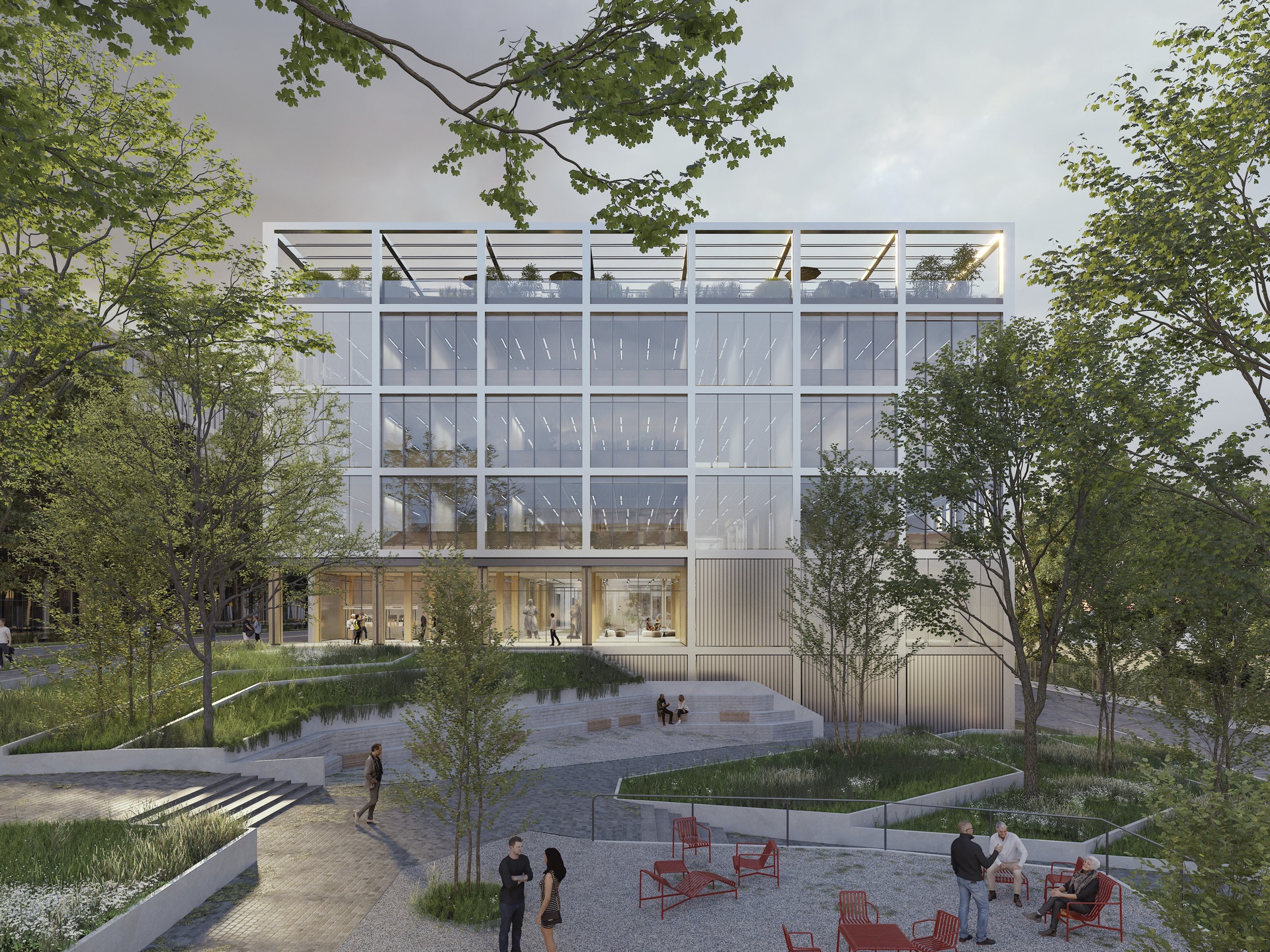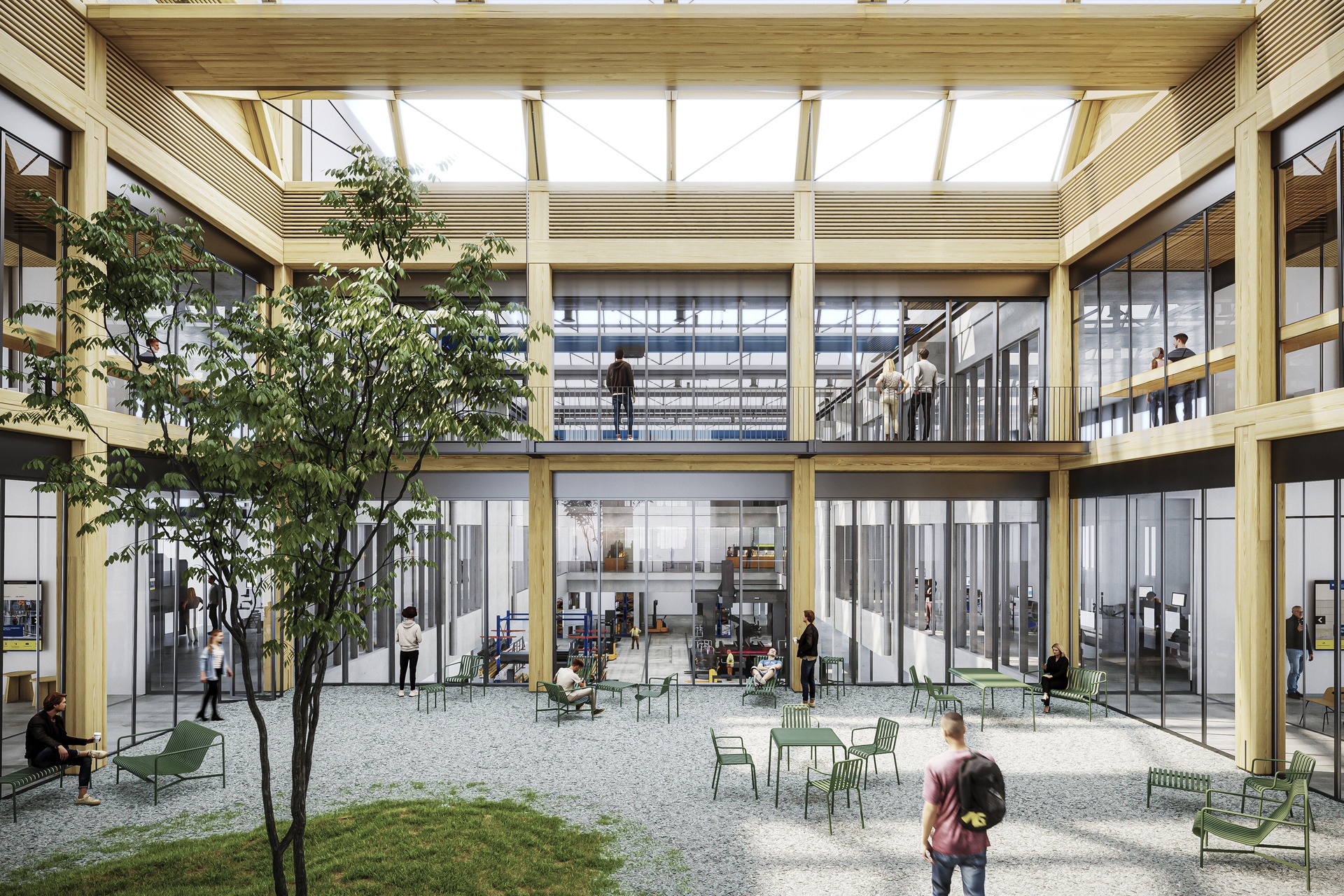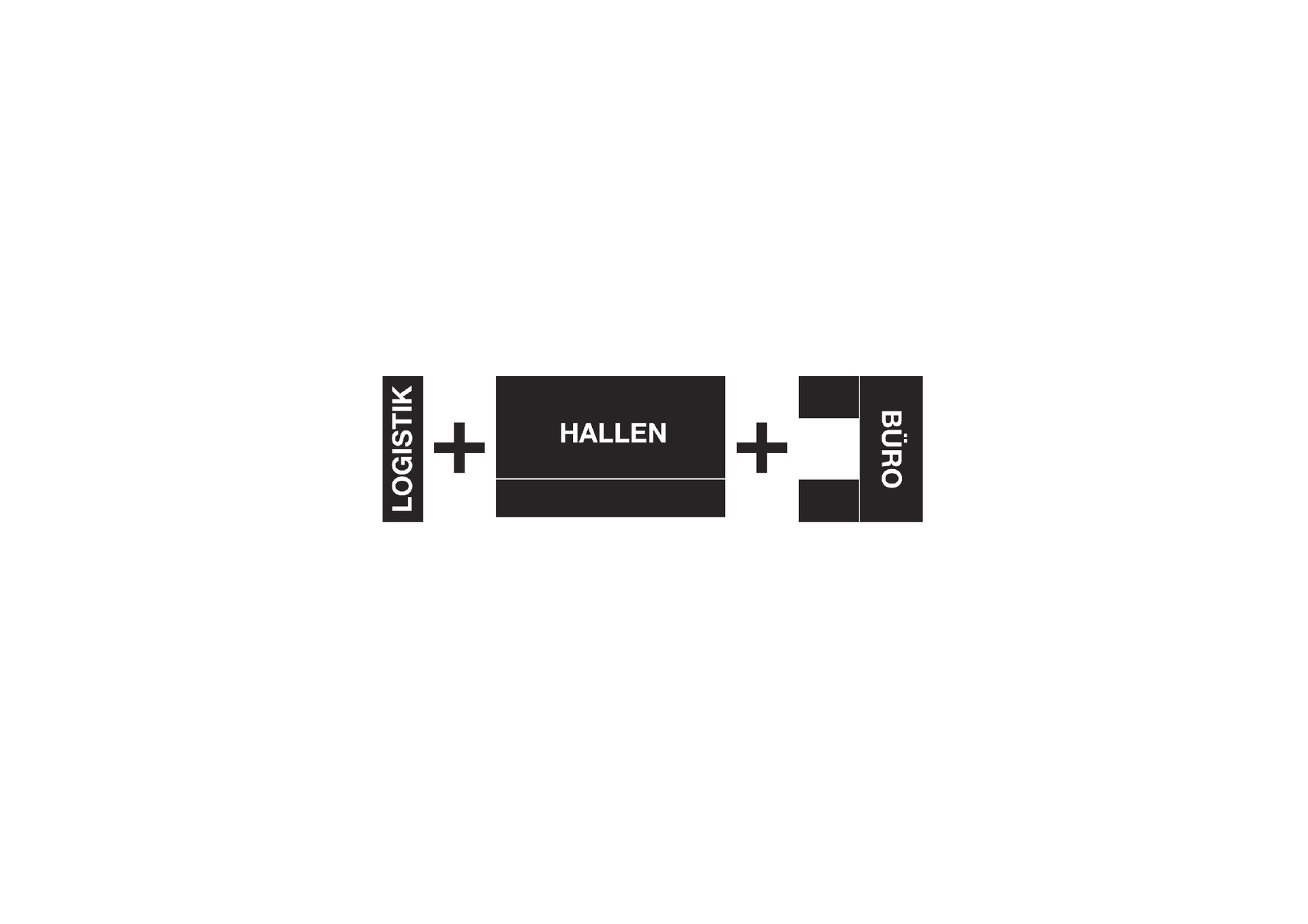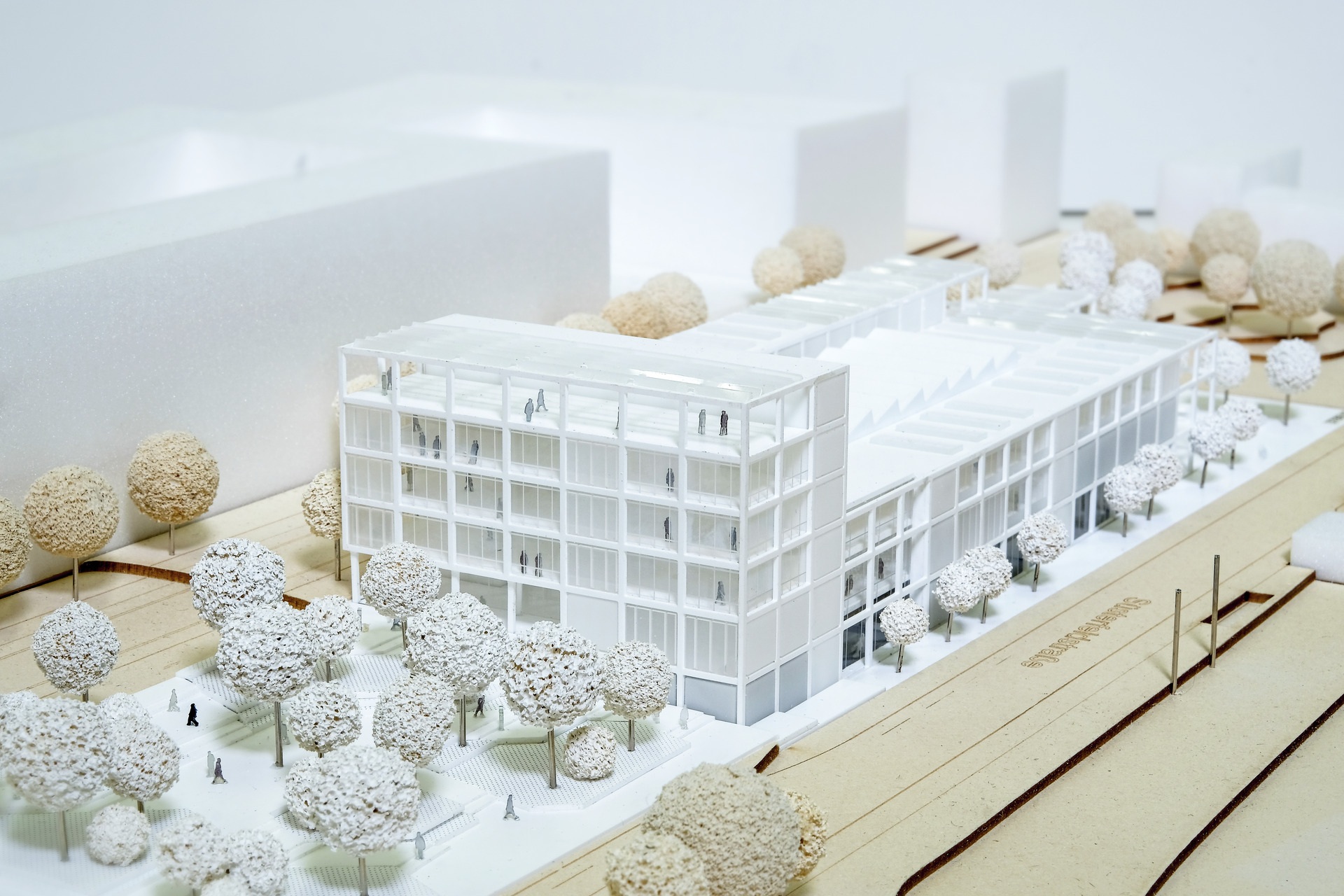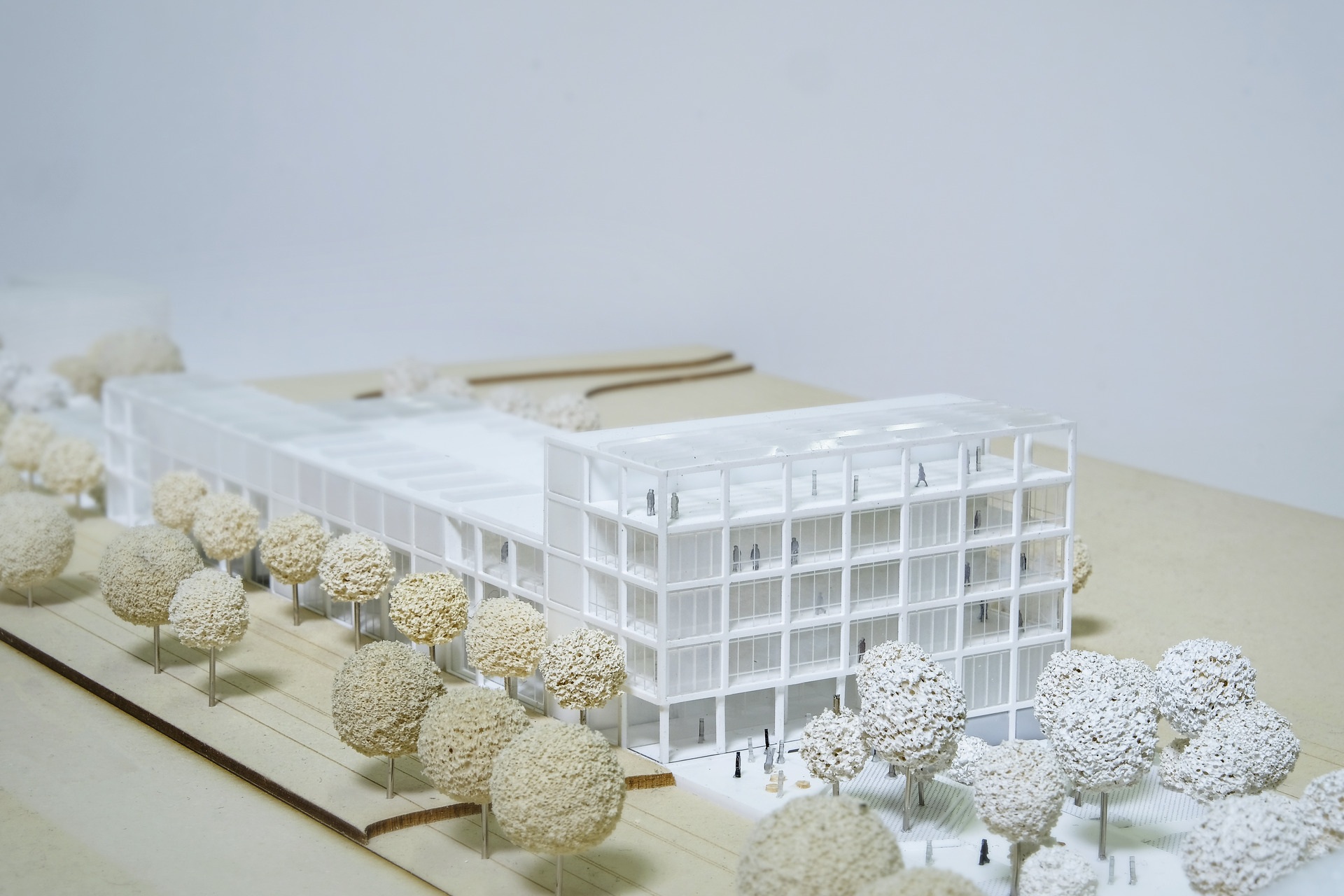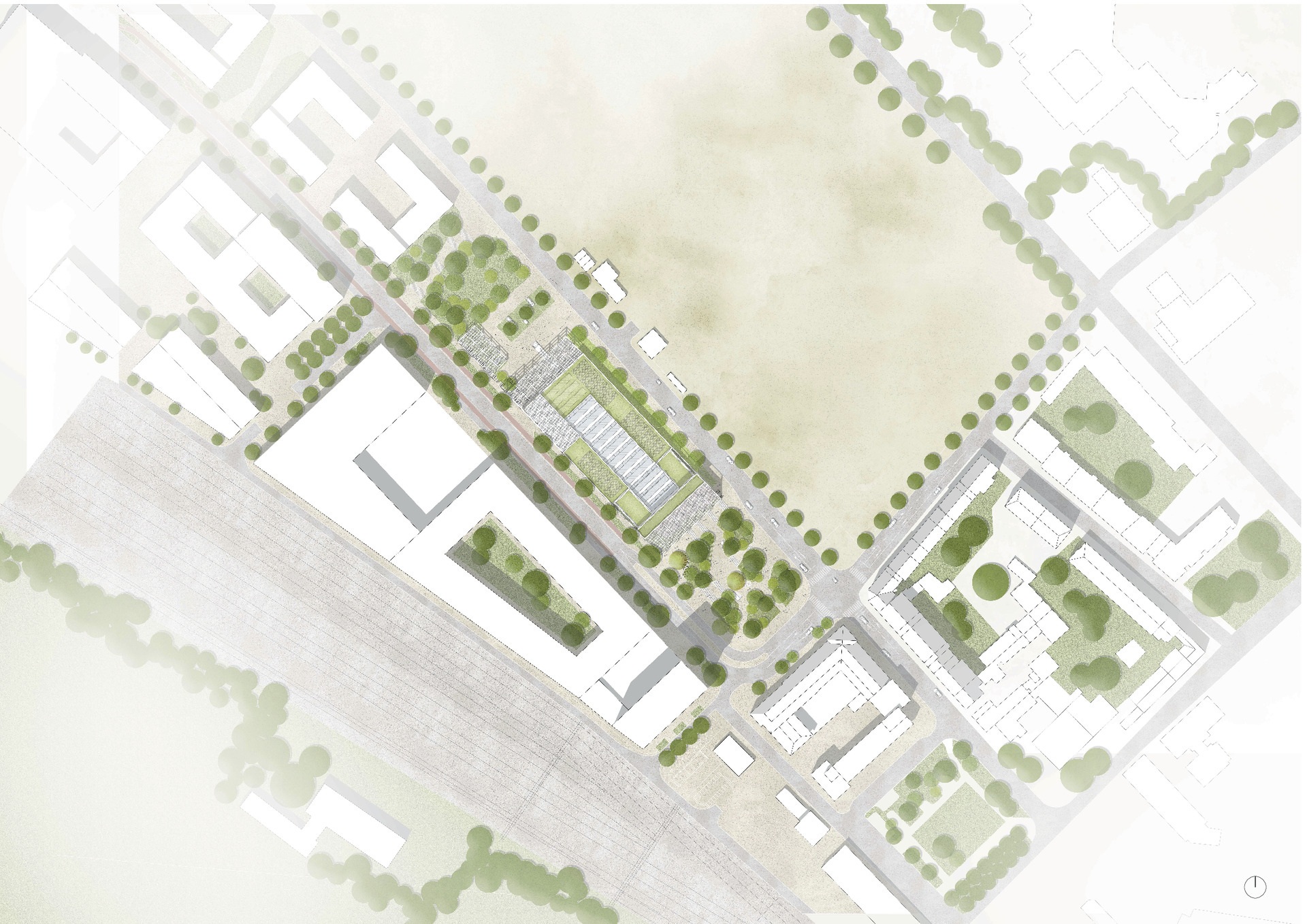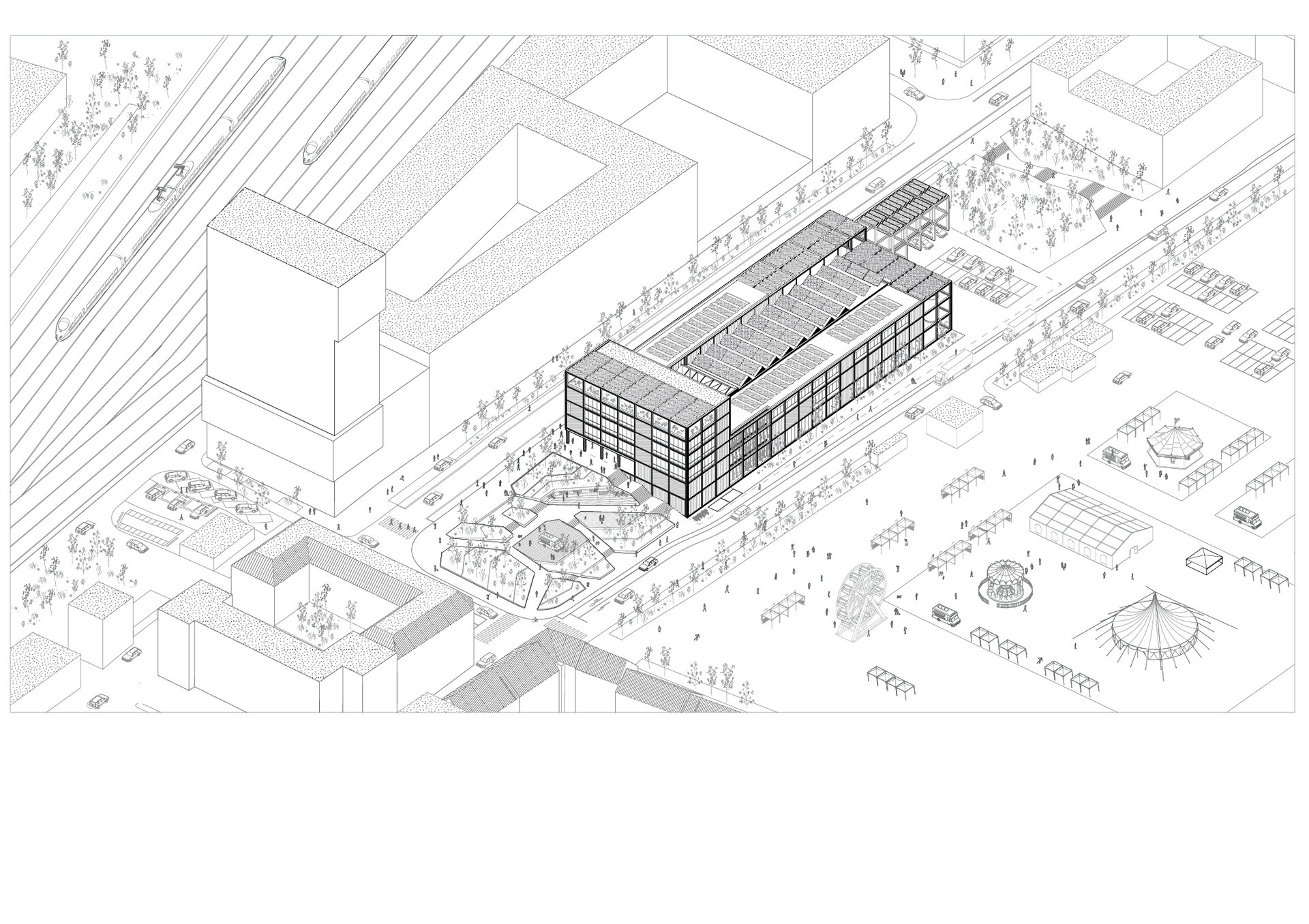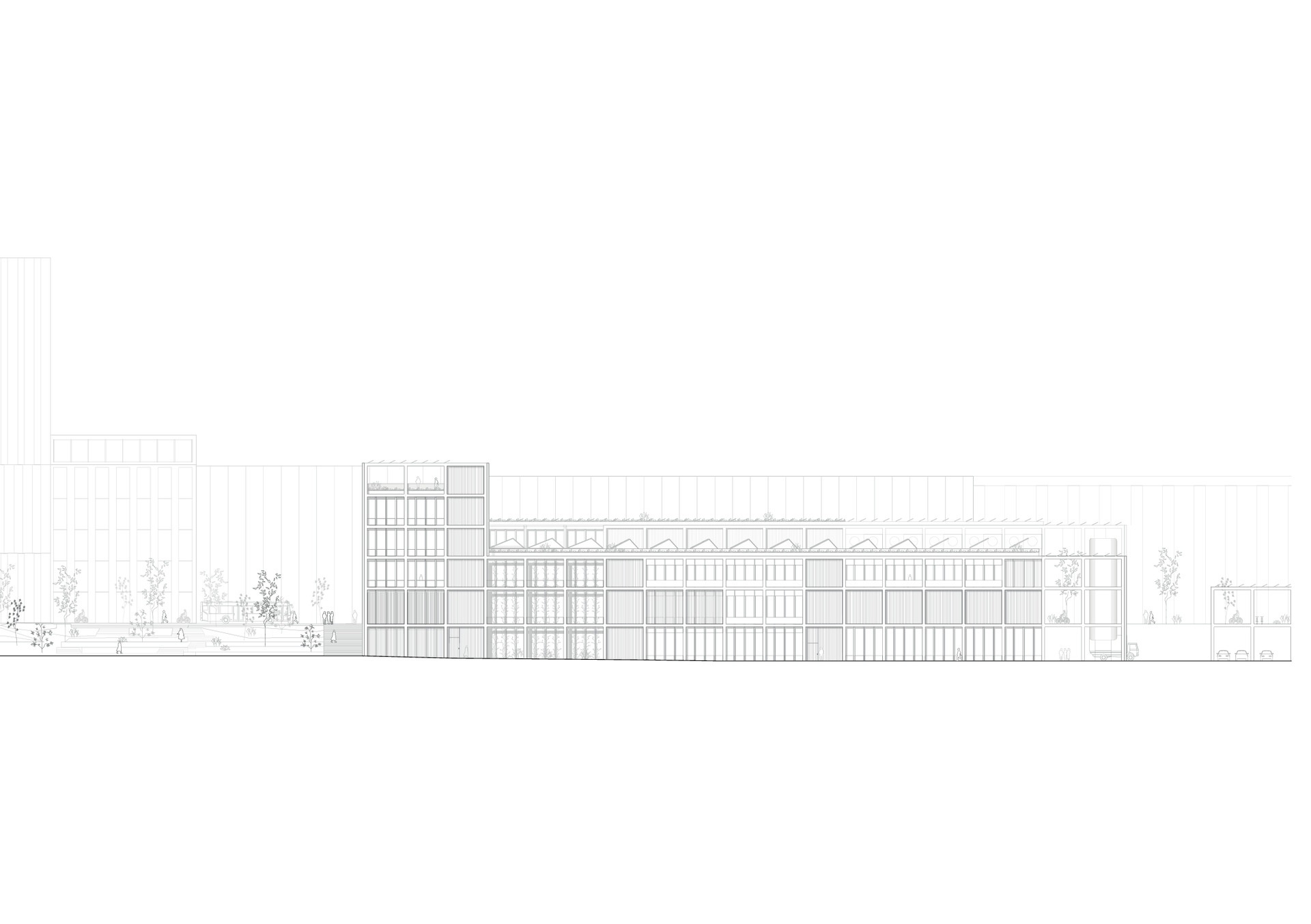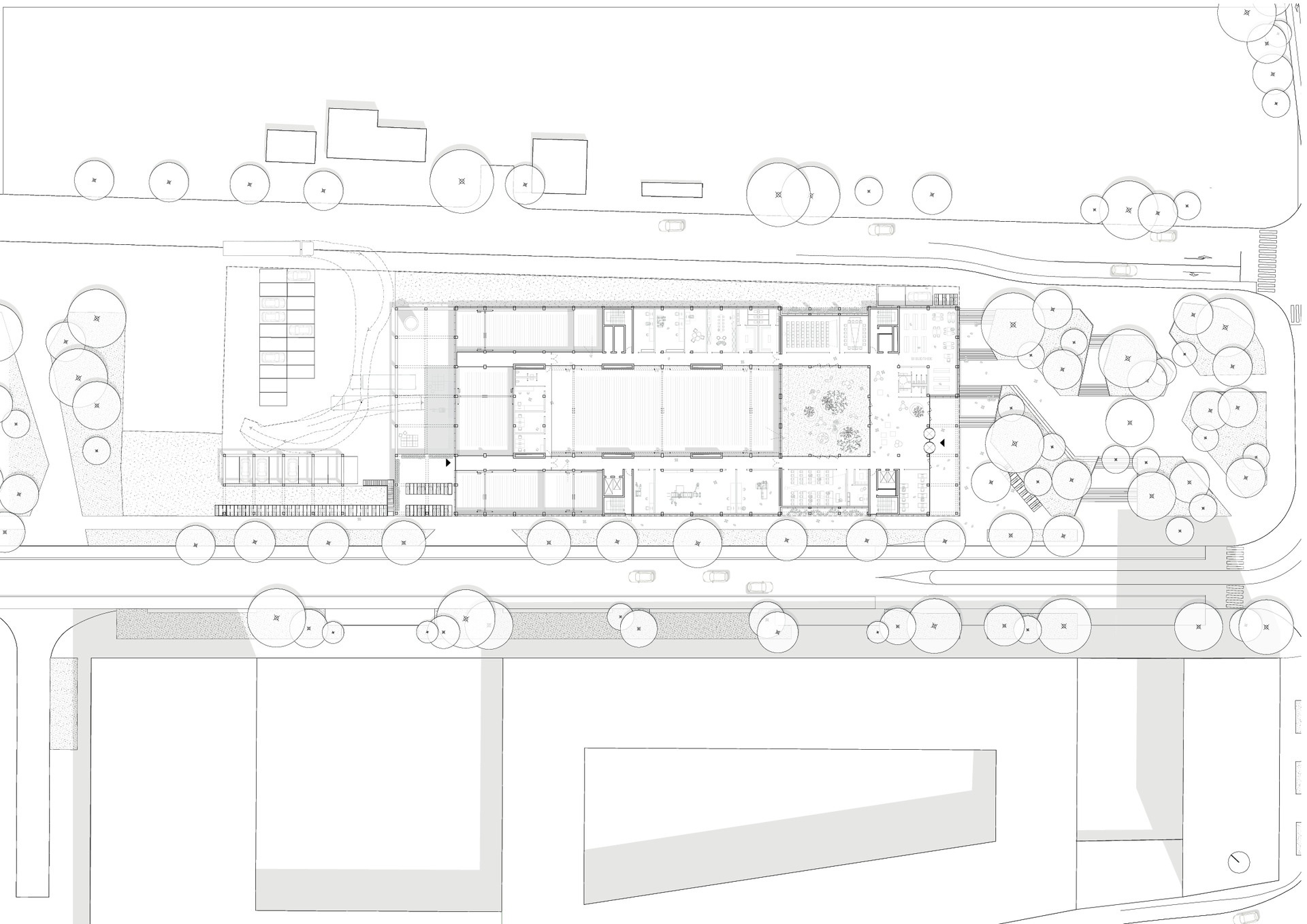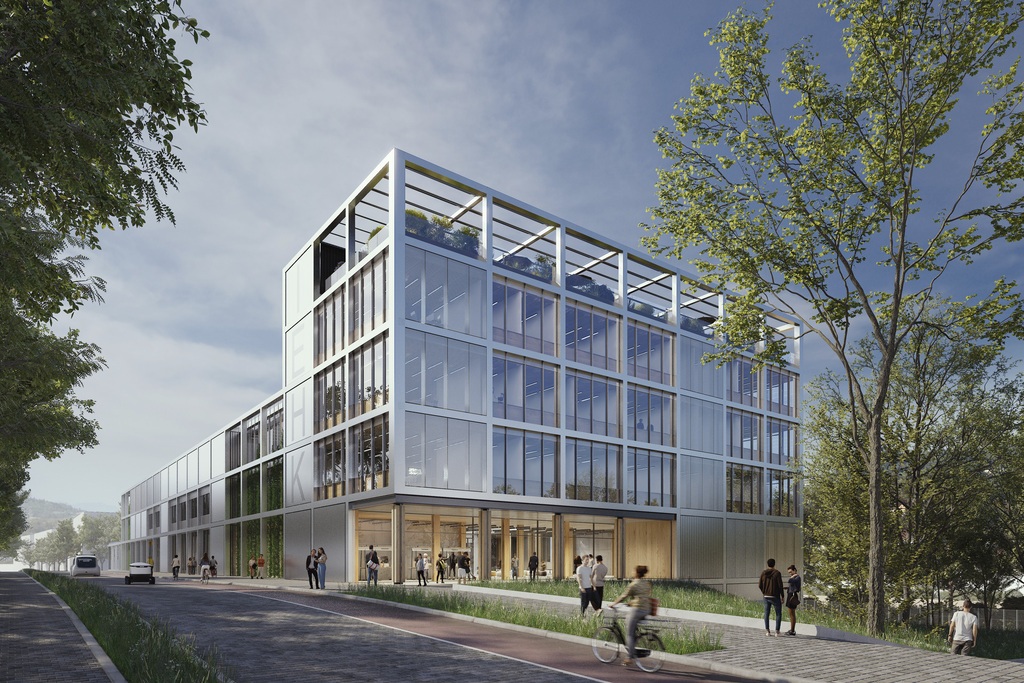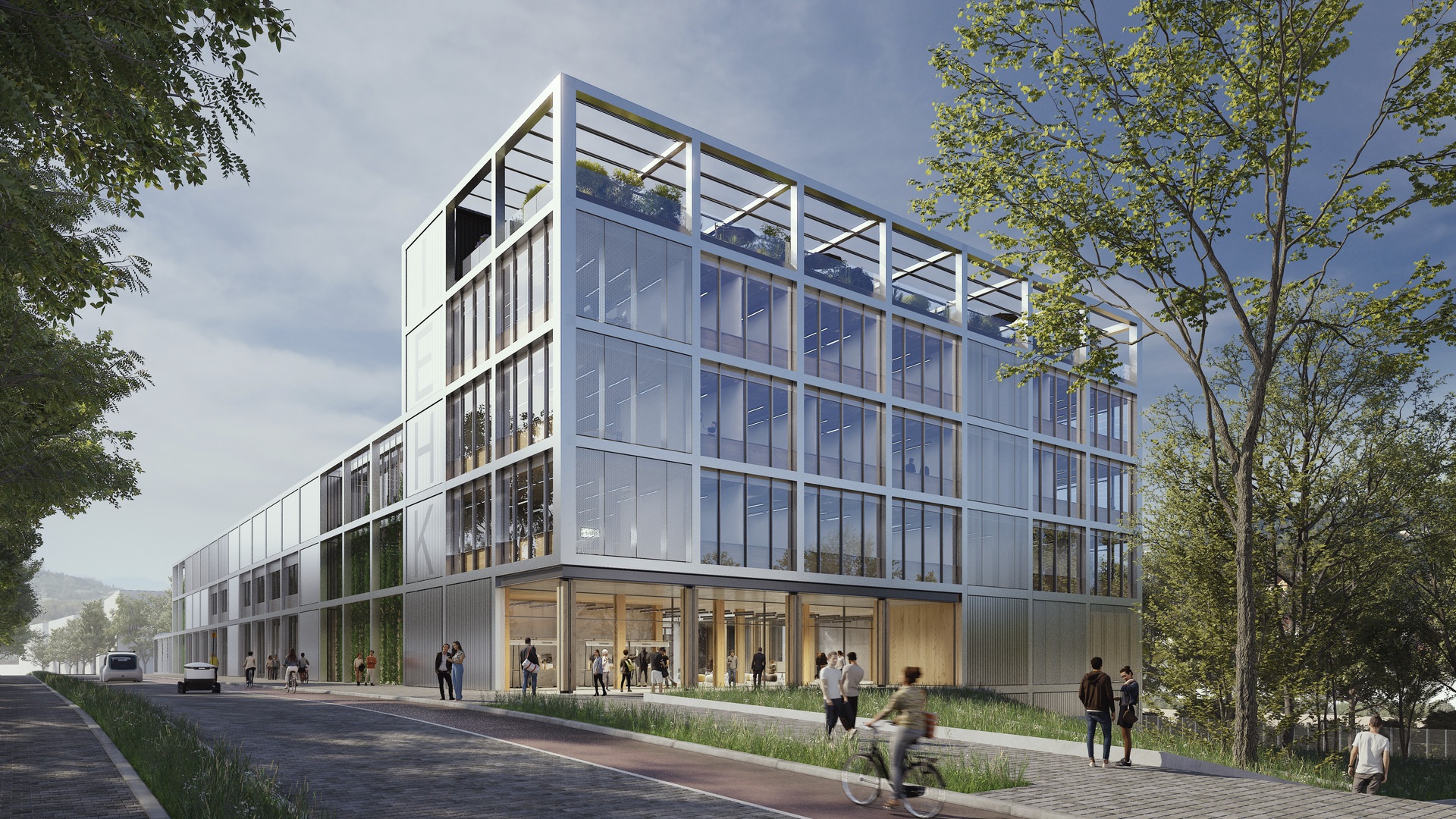
Institute of Ferrous Metallurgy RWTH Aachen
The Institute of Ferrous Metallurgy, the first building block of RWTH Aachen University’s new West Campus location, will provide space for research and teaching in the fields of steel production and processing as well as the application of metallic materials at the German University of Excellence. HENN’s design combines highly diverse functions in a unique typology. Quiet workspaces, seminar rooms, laboratory and research areas with sensitive technical requirements are housed together with application and test areas for robust forging and material testing. Campus West connects two existing university sites: the Mitte campus and the Melaten site. In the coming decades, this elongated, fallow site will be continuously developed. The new Institute of Ferrous Metallurgy is located at the campus entrance along its calm, low traffic central axis. It acts as the first building along a new central ribbon of future planned university buildings. In order to combine the complex requirements of the different uses - from experimental areas with high noise levels to quiet and comfortable office areas - the design incorporates two structurally distinct building systems. While the central laboratory and experimental hall, the heart of the institute, is built with carbon-reduced steel and concrete, the U-shaped office area adjoining the front of the hall is designed as a timber hybrid structure. The clear form of the cubic structure allows for easy orientation within the building. Its compact form with a small façade area and flexible and modular construction, make the new building particularly energy-efficient and durable. Inside, the rooms are designed to be used not only as individual offices, but also as an open working landscape. The façade, which envelops and connects all the building volumes, consists of a superordinate grid structure with variable modules, each of which is adapted for different uses - from open elements with as much daylight as possible to closed elements for technical areas. Building technology is largely integrated into the façade. Within the superstructure, the floors of the buildings are also flexible: for example, allowing the double height halls to be divided into two levels in the future if required. On the highest volume, facing Kongressplatz square, the space behind the elevated façade opens up to a spacious, green roof terrace, which serves as a recreational area for students and researchers.
Key Info
Collaboration Partners
Teuber + Viel GmbH, Sailer Stepan Tragwerkteam, Studio Grüngrau, Nees Ingenieure, ifb Wolfgang Sorge
